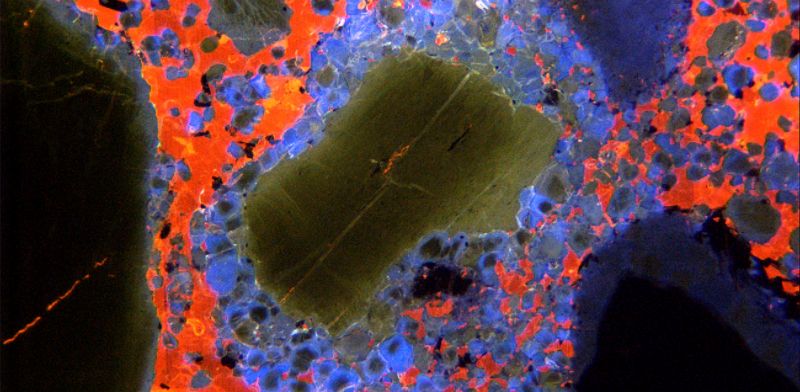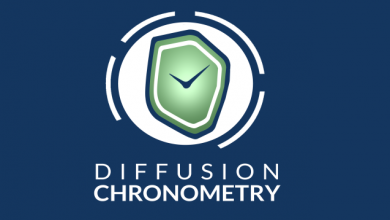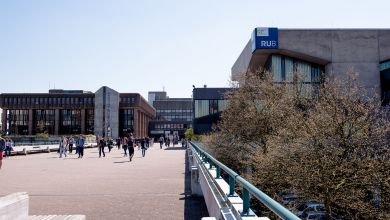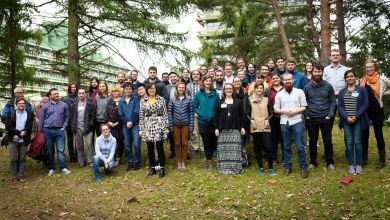
Petrology and Geochemistry
The Petrology and Geochemistry Workgroup comprises the Professorships in Physico-chemical Mineralogy (S. Chakraborty), and Experimental Petrology and Geochemistry (R. Fonseca)
The Workgroup
Mission
Petrology is the science of understanding the origin of rocks. We focus on the origin of igneous and metamorphic rocks i.e. rocks that form at high temperatures and often at high pressures. The continental and oceanic crusts, the mantle of the Earth, and other planetary objects such as asteroids, the Moon and Mars are all made up of rocks. Petrology is therefore also the science of trying to understand the formation and evolution of these bodies.
In order to achieve this goal, it is necessary to understand how minerals - the basic units that make up rocks - form and behave. Structure and Properties of minerals and melts are similar in many ways to those of ceramic materials used in various applications. As a result, Petrology shares many aspects with Materials Sciences and the subject has often been described as Materials Science of the Earth's Interior. It has strong connections to chemistry and physics and relies on tools of physical chemistry to answer many of the questions that arise in the field.
In our department we specialize in the study of rates of mineral transformations (kinetics, controlled for example by diffusion) and its use to understand the duration of processes that occur within the Earth and other planetary objects. We study volcanic rocks, plutonic rocks from the ocean floor, metamorphic rocks from continental collision zones, and different kinds of meteorites. Phase equilibria involving minerals, metamorphism at ultra high pressures, and optical properties of minerals are other areas of expertise in the department.
Useful links
Organisationen
Verwandte Institute von Interesse:
- Ion Accelerator (RUBION), Bochum
- Institute of Thermo- und Fluiddynamics, Bochum
- Cooperative Institute for Dynamic Earth Research (CIDER-II)
- Stuttgart, Max-Planck-Institut für Intelligente Systeme
- Stuttgart, Max-Planck-Institut für Festkörperforschung
- New York Center for Astrobiology (NYCA)
Gesellschaften:
- Mineralogical Society of America (MSA)
- Deutsche Mineralogische Gesellschaft (DMG)
- Geochemical Society (GS)
- American Geophysical Union (AGU)
Interessante Organisationen:
- American Geological Institute
- British Geological Survey
- Deutsche Forschungsgemeinschaft (DFG)
- Deutsche Gesellschaft für Elektronenmikroskopie (DGE)
- Deutsche Gesellschaft für Kristallographie (DGK)
- Deutsche Gesellschaft für Kristallwachstum und Kristallzüchtung (DGKK)
- Deutsche Ton- und Tonmineralgruppe e.V. (DTTG )
- European Crystallographic Association (ECA)
- European Geoscience Institutes
- European Mineralogical Union (EMU)
- European Space Agency (ESA)
- Geological Society of America
- International Association on the Genesis of Ore Deposits (IAGOD)
- International Council for Science (ICSU)
- International Mineralogical Association (IMA)
- International Union of Crystallography (IUCr)
- International Union of Geological Sciences (IUGS)
- International Zeolite Association (IZA)
- National Aeronautics and Space Administration (NASA)
- U.S. Geological Survey (USGS)
Software/Mineralogische Ressourcen
Geowissenschaftliche Software:
- Bayes Home Page - Universität Bayreuth
- C Space WebSite
- Dima DD
- MELTS HomePage
- Adiabat_1ph download and information page
- Theriak-Domino
- Thermocalc
- XTALDRAW Site
Mineralogische Ressourcen:
- ANL Microscopy and Microanalysis WWW Server
- Basaltic Volcanism on the Terrestrial Planets"
- GeoRef Information System
- GERM Homepage
- Handbook of Mineralogy - Mineralogical Society of America
- Mantle Plume Webseite
- Mineralogy and Petrology Research on the Web
- Mineral Spectroscopy
- Practical aspects of thermobarometry
- Silicate Webpage
- Der Chemieserver
- Deutsches Forschungsnetz
- GeoGuide - Uni Goettingen
Numerische Software:


